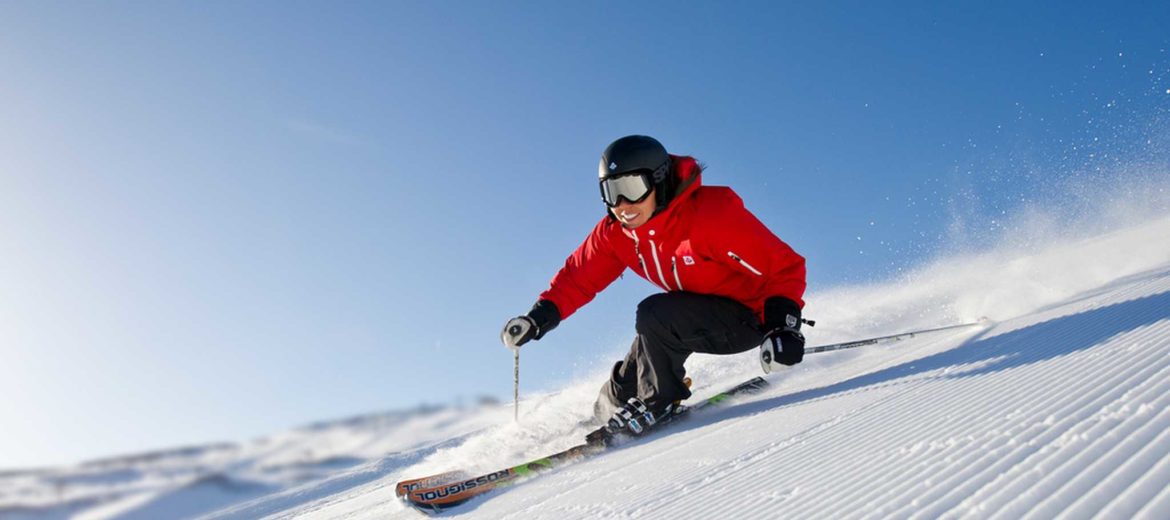With spring ski season upon us it’s time to tune up your equipment and prepare for the big trip. While skiing can be an amazing way to enjoy the outdoors and burn a lot of calories, injuries are very common, but there are some things you can do to avoid coming home on crutches.
For skiing, the most common injuries are of the knee with MCL (Medial Collateral Ligament), ACL (Anterior Cruciate Ligament), and Medial Meniscus sprains/tears at the top of the list.
MCL sprains and medial meniscus injuries often occur when your ski tips get crossed while falling forward. If you are a beginner skier this means that you must be very careful in the snowplow position when trying to stop. Learning to stop with parallel ski tips can significantly reduce your chances of these types of injuries. If you are a beginner who relies on snowplow to slow and stop consider taking lessons until you can stop parallel.
ACL injuries on the slopes often involve an audible “pop,” and they usually result in surgery to repair the torn ligament. The common mechanisms of injury include landing with your weight back after a jump or falling against the momentum of the body whereby the skier tries to stand up to avoid a fall. ACL injuries can be prevented by avoiding jumps or being aware of unexpected bumps and keeping the body weight forward when hitting bumps. Also, if you are in a fall let it happen rather than trying to keep your balance by standing up out of the skier position.
Proper equipment and training will help you prevent injuries on the slopes. If you are buying or renting equipment walk around in your boots to make sure that they fit your foot and that there are no pressure points on your foot, ankles, and shins. If you have discomfort after wearing your boots for a few runs then return to the shop to have them either warm up your boots with a boot heater or change out your boots altogether.
When putting on your boots:
- Make sure you are wearing thin thermal socks.
- Pull the tongue of the inner boot to the side and slide your foot in.
- Buckle each of the four buckles up to the first notch.
- Stand up and tighten the bottom 2 notches until your foot is comfortable and doesn’t feel squeezed
- While standing, lean forward with your lower body by bending your knee and tighten the 3rd notches to top of the boot in this position.
- Lastly, stand up with an unbent knee and tighten the top notch.
For your skis, make sure your binding will easily release and that the skis are the correct length for your height and weight.
You can also prepare for your ski trip by working on a hip and core stability program 6 weeks prior to your trip. Focus on standing hip abduction and extension exercises such as squats, lunges, side lunges, monster walks, and side planking. Because skiing requires good cardiovascular health you should start 30 minutes of aerobic exercise 5 days/week leading up to your trip.
And lastly, if you notice that you are fatiguing towards the end of the day take breaks or quit an hour or two early so that you don’t injure yourself due to muscle fatigue.
We hope you have an epic trip!
EXERCISES:
Lunge Matrix
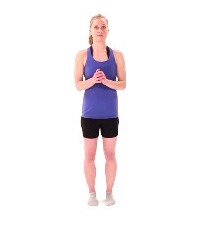
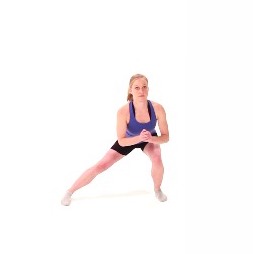
Setup
- Begin in a standing upright position.
Movement
- Take a large step forward and lower yourself into a lunge position, then carefully return to the starting position. Repeat this motion stepping sideways, and then backward.
Tip
- Make sure to keep your trunk steady and do not to let your knee collapse inward as you lunge.
Squat with Resistance at Thighs

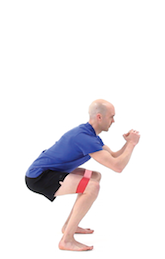
Setup
- Stand with your feet slightly wider than shoulder-width apart and a resistance band or loop secured around your lower thigh just above the knee.
Movement
- Bend at your knees and hips, lowering your body toward the ground to perform a squat, then return to your starting position.
Tip
- Make sure to keep your back straight by bending at the hips. Do not allow your knees to collapse inward during the exercise.
Modified Side Plank with Hip Abduction
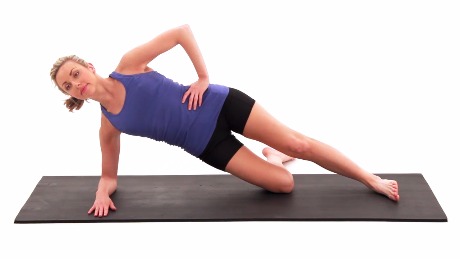
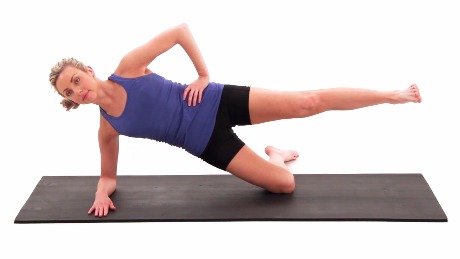
Setup
- Begin lying on your side, resting on your forearm with your bottom leg bent at a 90 degree angle and your top leg straight.
Movement
- Tighten your abdominals and lift your hips up off of the floor. Then raise your heel so it is at the same level as your hip. Hold briefly, then relax and repeat.
Tip
- Make sure that your head, hips, and leg are in a straight line and your shoulder is directly over your elbow. Do not let your hips roll backward or forward during the exercise.

